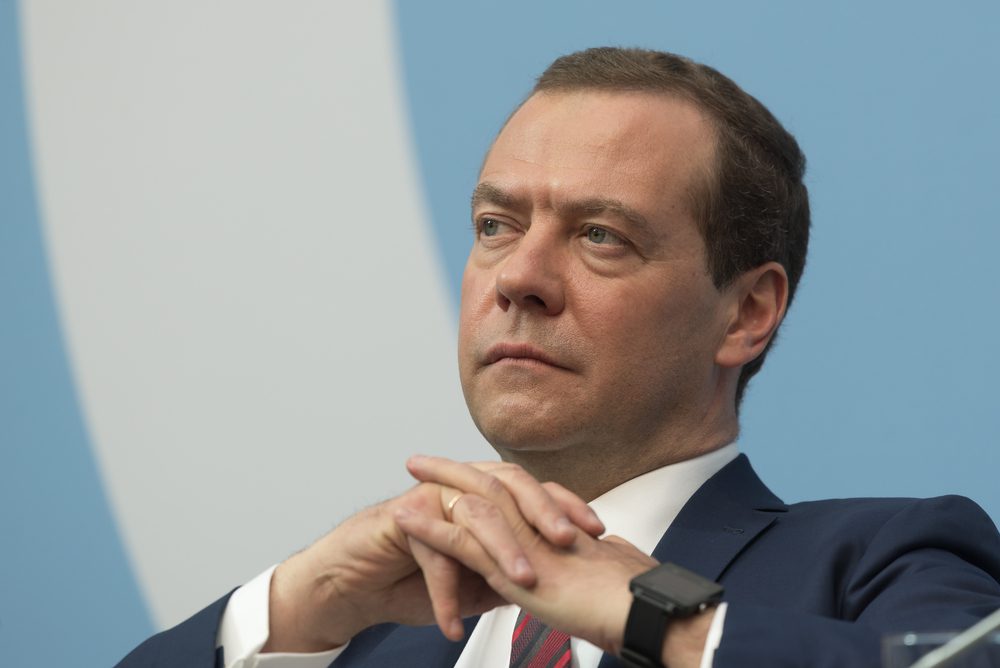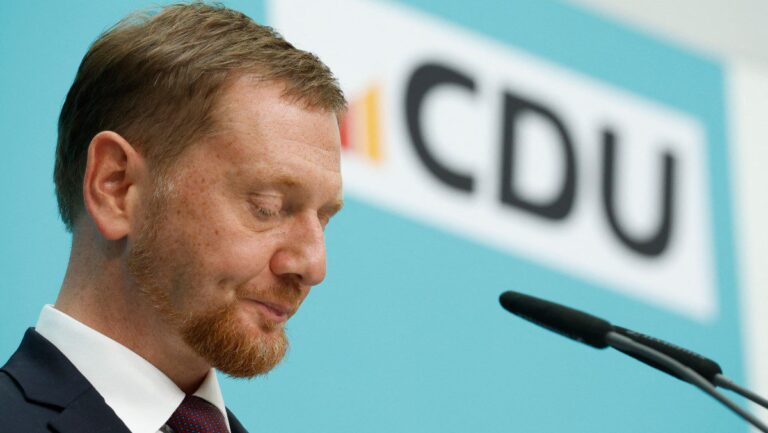The Kremlin has condemned the U.S. decision to give a new type of long-range missile to Ukraine. “Every part of Ukraine still under Kyiv’s rule will burn,” a Russian journalist quoted Dmitry Medvedev, deputy head of the Russian Security Council, as saying.
As part of its €2 billion aid package announced on February 3rd, the U. S. will be sending Ukraine GLSDBs (Ground Launched Small Diameter Bombs) to Ukraine. With their 150 kilometer range, almost twice that of any missile currently available to the Ukrainian military, parts of Russia and the Crimean Peninsula—incorporated by Russia into its territory in 2014 by referendum—could be hit directly.
When asked whether Russia, in that eventuality, would be forced to the negotiating table, Medvedev said that the result would be
just the opposite. There will be no negotiations in this case, only retaliatory strikes. All of Ukraine still remaining under Kyiv’s rule, will go up in flames.
Medvedev’s sentiments were confirmed by a later tweet. Alluding to the 2014 referendum, he said that international law “respects the will of the people.” Stressing that “Crimea is Russian,” he said any attack on it would mean “attacking Russia and escalating the conflict.” He warned that “such attacks will be met with inevitable retaliation using weapons of any kind.”
International law respects the will of the people. Crimea is 🇷🇺. Attacking Crimea means attacking Russia and escalating the conflict. The Ukrainian gang of drug addicts must understand that such attacks will be met with inevitable retaliation using weapons of any kind
— Dmitry Medvedev (@MedvedevRussiaE) February 4, 2023
A nonbinding UN resolution drawn up in 2014 rendered the Crimean referendum invalid. One hundred nations voted in favor; 11 voted against, and 58 abstained. A further 24 states were absent when the vote took place.
The GPS-guided GLSDB, made jointly by SAAB AB and Boeing, combines the GBU-39 Small Diameter Bomb (SDB) with the M26 rocket motor. According to SAAB’s website, it has safeguards against electronic jamming, is operable in all weather conditions, and can be used against armored vehicles. The GBU-39 has small, folding wings that allow it to glide more than 100 km if dropped from an aircraft.
In addition to the GLSDB, Ukraine will receive anti-tank munitions, various military vehicles, and cold weather equipment, among other materiel. Days before the package’s announcement, an anonymous official told Reuters that $1.75 billion of the total sum would come from the Ukraine Security Assistance Initiative (USAI) fund, which allows Washington to procure weapons directly from industry rather than further deplete its own weapons stocks.
With the latest commitment from the U.S., Kyiv is sure to again ask for the more expensive ATACMS missiles. These have twice the range of the GLSDBs (approximately 300 km), yet the U.S. has consistently rebuffed Kyiv’s pursuit of them.
Washington’s reluctance comes from its fear of escalation; it does not want to give Ukraine the ability to fire too far into Russian territory. Such possible escalation was, however, all but assured by Russian Foreign Minister Sergei Lavrov when, on Thursday, February 2nd, he said that Russian forces were “seeking to push back Ukrainian army artillery to a distance that will not pose a threat to our territories.”
More importantly, he stressed that “the greater the range of the weapons supplied to the Kyiv regime, the more we will have to push them back from territories which are part of our country.”
When brought to its natural conclusion, Lavrov’s logic could very well necessitate occupying the whole of Ukraine by Russia.
Since the beginning of Russia’s invasion (called a “special military operation” by Moscow) on 24 February 2022, the U.S. has provided more than $29.3 billion in security assistance to Ukraine.





